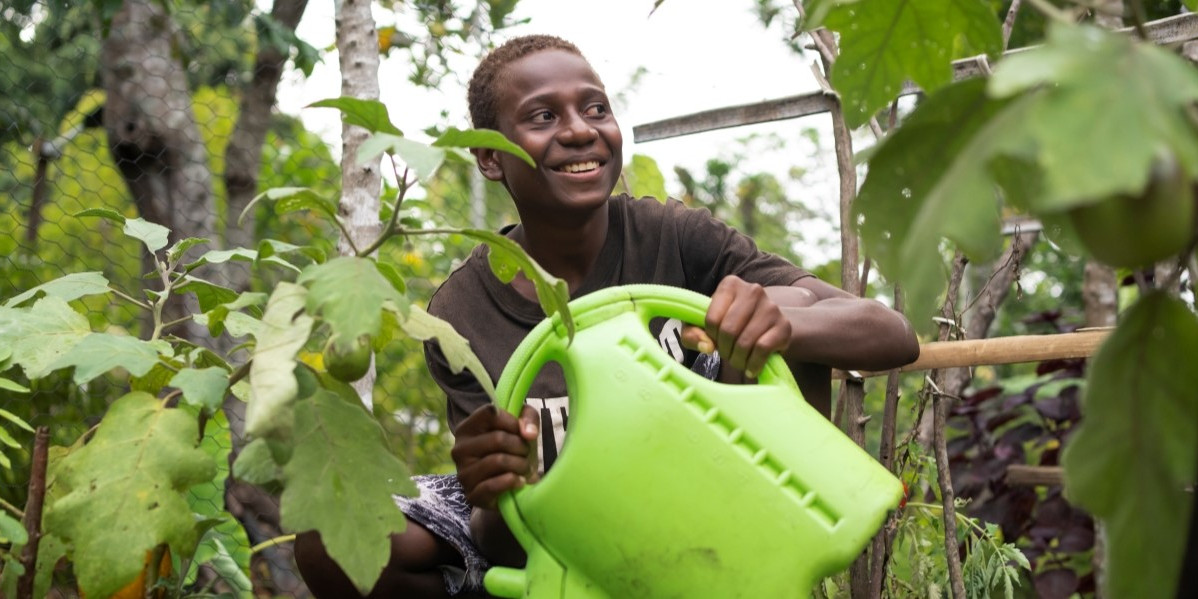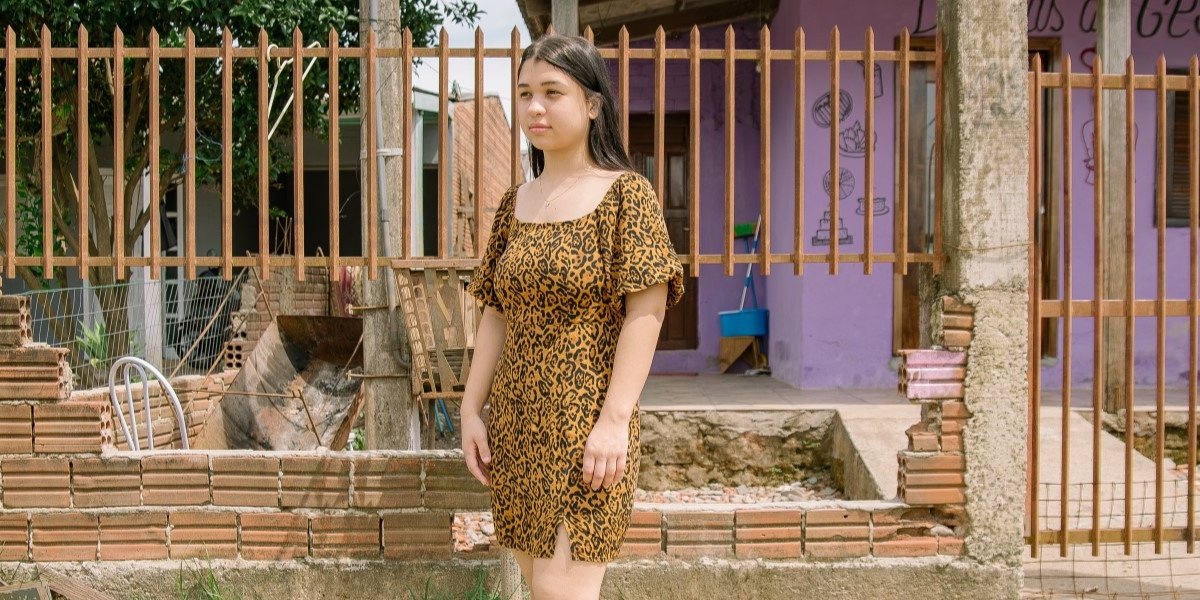Why 1.5°C is a Lifeline for Millions of Children
As the world prepares to mark ten years since the signing of the Paris Agreement, new research from Save the Children and Vrije Universiteit Brussel offers a clear message: our global climate goals are not just targets, they are lifelines for millions of children.
The report, Born into the Climate Crisis 2: An Unprecedented Life, reveals that if the world fails to meet the 1.5°C global warming target, children born in 2020 will face a future defined by unprecedented climate extremes. Yet there is still hope, and a path forward that can significantly reduce harm.
Key Findings
According to the report, limiting global warming to 1.5°C, rather than allowing it to reach 2.7°C, would:
- Spare 38 million five-year-olds—almost one-third of their global age group—from a life dominated by deadly heatwaves.
- Prevent 8 million children from experiencing unprecedented exposure to crop failures.
- Shield 5 million from a lifetime of severe river flooding.
- Protect 5 million from unprecedented tropical cyclones.
- Help 2 million avoid exposure to extreme drought.
- Prevent 1.5 million children from facing wildfires at unprecedented levels.
“Unprecedented” is defined in the report as climate-related events so extreme they would have had less than a 1 in 10,000 chance of occurring without human-induced climate change.
The Human Impact: Denise and Haruka
Behind the statistics are the stories of real children already facing these challenges. In Brazil and Vanuatu, the experiences of two young people highlight the growing risks posed by climate change.
Denise – Brazil
Denise, 16, lives in São Leopoldo, a municipality in southern Brazil that was among the hardest hit by the region’s worst flooding in over 80 years. Over two million people were affected across the region. When the floodwaters rose, Denise lost all of her belongings, including the contents of her newly refurbished bedroom. She was only able to take three items of clothing with her as she fled.
Approximately 75% of São Leopoldo’s population was affected. In response, Save the Children’s Brazil Country Office, in partnership with local organisation Proame Cedeca, is leading a humanitarian response funded by the Humanitarian Fund. The response has reached more than 3,000 people, over half of whom are children and adolescents, with hygiene kits, menstrual dignity kits, school supplies, and the creation of Safe Spaces. These spaces provide critical socioemotional support and health services to help children and adolescents recover from the trauma of displacement and loss.
Haruka – Vanuatu
Haruka, 16, is a youth climate activist from Vanuatu, a Pacific Island nation on the frontlines of the climate crisis. Her family home was damaged during Cyclone Pam in 2015, and rebuilding has taken years. The long-term impact of this and other climate disasters in her community has inspired Haruka to become an advocate for stronger climate action.
She participates in Save the Children’s youth climate events, promoting awareness of climate risks and the need for emission reductions. Her work focuses on ensuring children and young people are not only protected from the effects of climate change but also have a voice in decisions about their future.
Disproportionate Impacts
Children in low- and middle-income countries, who have contributed the least to the climate crisis, are bearing the greatest burden. Many already live with systemic inequalities that make them even more vulnerable to extreme weather, displacement, and long-term disruption to their health and education.
Urgent Action Needed
Meeting the 1.5°C target would not only save lives but also protect the rights of future generations. The report calls for:
- A rapid and just phase-out of fossil fuels and related subsidies;
- A significant increase in climate finance, particularly for locally led adaptation initiatives;
- Greater inclusion of children and youth in climate decision-making at all levels.
A Child Rights Emergency
The climate crisis is not just an environmental issue, it is a direct threat to children's rights, safety, and futures. Around the world, children are speaking up for urgent action. The choices made today will determine whether they grow up in a world of escalating crisis or one that has taken the necessary steps to protect them.
Read the full report:




